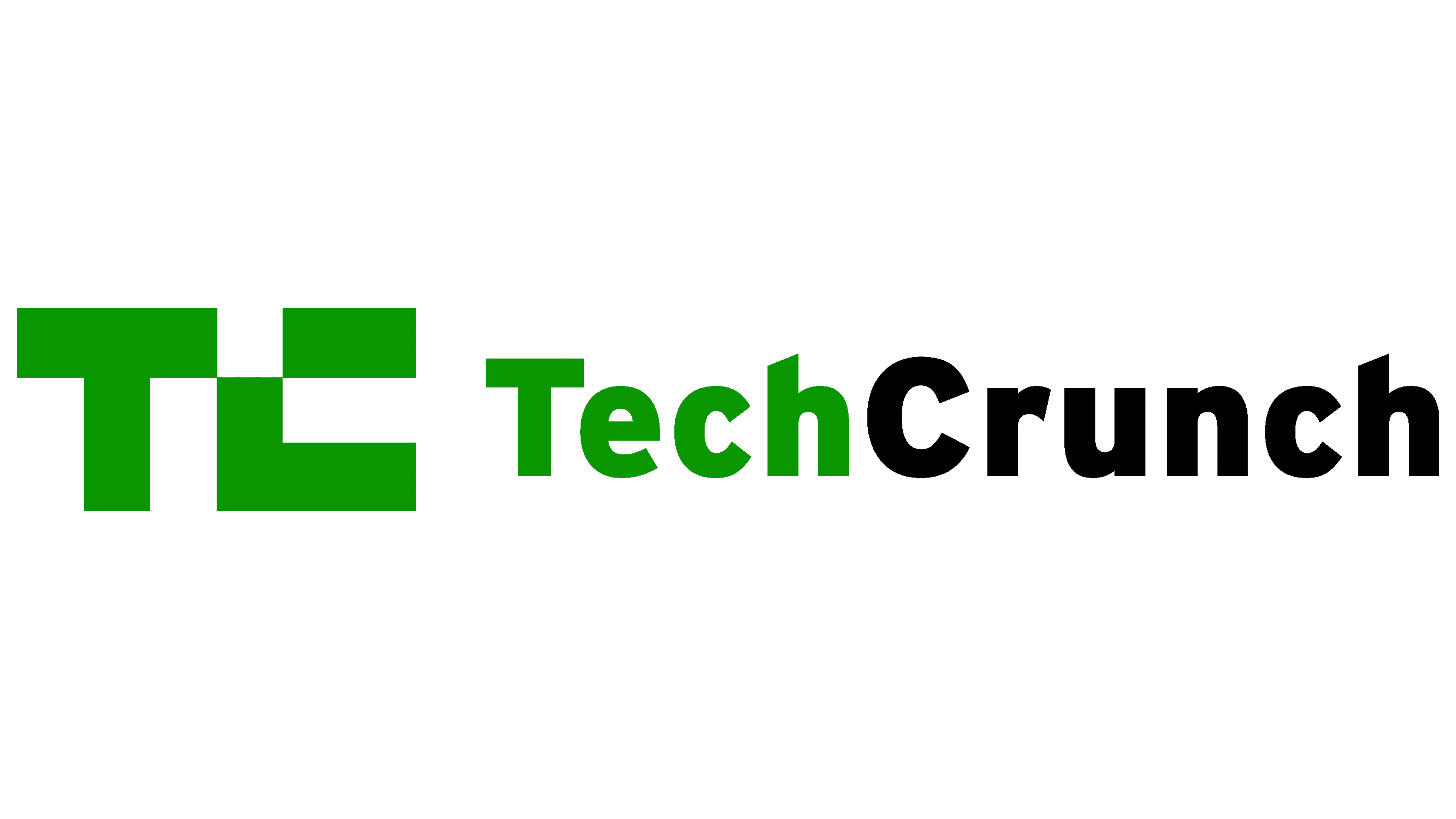ARTICLE AD
Chipmaker Nvidia notched $30 billion in revenue last fiscal quarter, driven in large part by the AI industry’s insatiable demand for GPUs. GPUs are essential for training and running AI models; they contain thousands of cores that work in parallel to quickly perform the linear algebra equations scaffolding the models.
The appetite for AI remains high, and Nvidia’s GPUs have become the chip of choice among AI players of all sizes. But TensorWave, a company founded late last year, is going against the grain by launching a cloud that only offers access to hardware from Nvidia rival AMD for AI workloads.
“We recognized an unhealthy monopoly at work — one that was starving end-users of compute access and stifling innovation in the AI space,” Darrick Horton, TensorWave’s CEO and one of its co-founders, told TechCrunch. “Motivated by our desire to democratize AI, we set out to provide a viable alternative and restore competition and choice.”
Winding paths
Pickleball initially brought Horton together with TensorWave’s other two co-founders, Jeff Tatarchuk and Piotr Tomasik — or at least, it’s what got the ball rolling (excuse the pun).
After a match one day, Tomasik and Tatarchuk — close friends and longtime pickleball doubles partners — invited Horton, a former colleague of Tatarchuk’s, to join them at their favorite Las Vegas watering hole.
“As the conversation unfolded, we discussed the monopolistic grip on GPU compute capacity, which was leading to supply constraints,” Horton said. “This realization led to the formation of TensorWave.”
The three partners didn’t just know each other from pickleball.
Tatarchuk co-founded cloud vendor VMAccel with Horton before selling another startup, CRM developer Lets Rolo, to digital identity firm LifeKey. Horton, who has bachelor’s degrees in mechanical engineering and physics, once worked at Lockheed Martin’s Skunk Works R&D division, then co-founded VaultMiner Technologies, a crypto mining company and VMAccel’s corporate parent.
As for Tomasik, he co-launched Lets Rolo alongside Tatarchuk. (Tomasik is also a co-founder of influencer marketer site Influential, which French PR firm Publicis acquired for $500 million in July.)
So what made three entrepreneurs with little knowledge of the hyperscaler landscape think they could compete with titans of AI industry? Tenacity, basically.
“We believed we could solve the GPU supply problem,” Horton said.
Vegas, inc.
TensorWave is headquartered in Las Vegas, an unusual choice of city for a cloud infrastructure startup. But Horton said that the team liked the odds.
“We thought that Vegas had the potential to become a thriving technology and startup ecosystem,” he said.
That prediction’s not totally off base. According to Dealroom.co data, Las Vegas is home to just over 600 startups employing more than 11,000 people, which attracted over $4 billion in investments in 2022.
Energy costs and overhead are lower in Vegas than in many major U.S. cities, too. And both Tomasik and Tatarchuk have close ties to the city’s VC community.
Tomasik was previously a GP at Vegas-based seed fund 1864 Fund, and now works with the nonprofit accelerators StartUp Vegas and Vegas Tech Ventures. (Strangely, Vegas Tech Ventures’ site threw a 404 for the pages listing its partners and portfolio companies; a spokesperson said that it was a technical error and would be corrected.) Tatarchuk is an angel investor at Fruition Lab, a Vegas incubator that rather unusually began as a Christian religious organization.
These connections — along with Horton’s — helped bootstrap TensorWave into becoming one of the first clouds to market with AMD Instinct MI300X instances for AI workloads. Delivering setups with dedicated storage and high-speed interconnects upon request, TensorWave rents GPU capacity by the hour, and requires a minimum six-month contract.
“In the cloud space as whole, we are in good company,” Horton said. “We see ourselves as complementary, offering additional AI specific compute at competitive price-to-performance.”
AMD-forward
There’s a booming market for startups building low-cost, on-demand and GPU-powered clouds for AI.
CoreWeave, the GPU infrastructure provider that began life as a crypto mining operation, recently raised $1.1 billion in new funds (and $7.5 billion in debt) and signed a multi-billion-dollar capacity deal with Microsoft. Lambda Labs in early April secured a special purpose financing vehicle of up to $500 million, and is reportedly seeking an additional $800 million. The nonprofit Voltage Park, backed by crypto billionaire Jed McCaleb, last October announced that it’s investing $500 million in GPU-backed data centers. And Together AI, a cloud GPU host that also conducts generative AI research, in March landed $106 million in a Salesforce-led round.
So how does TensorWave hope to compete?
First, on price. Horton notes that the MI300X is significantly cheaper than Nvidia’s most popular GPU for AI workloads at present, the H100, and that this allows TensorWave to pass savings onto customers. He wouldn’t reveal TensorWave’s exact instance pricing. But to beat the more competitive H100 plans, it would have to come under ~$2.50 per hour — a challenging but not inconceivable feat.
“Pricing ranges from approximately $1 per hour to $10 per hour, depending on the bespoke requirements of the workload and the GPU configurations chosen,” Horton said. “As for the cost per instance that TensorWave incurs, we are unable to share those details due to confidentiality agreements.”
Second, on performance. Horton points to benchmarks showing the MI300X outgunning the H100 when it comes to running (but not training) AI models, specifically text-generating models like Meta’s Llama 2. (Other evaluations suggest that the advantage may be workload-dependent.)
There seems to be some credence to Horton’s claims, given interest from tech industry movers and shakers in the MI300X. Meta said in December that it’ll use MI300X chips for use cases like running its Meta AI assistant, while OpenAI, the maker of ChatGPT, plans to support the MI300X in its developer tooling.
The competition
Others placing bets on AMD’s AI chips range from startups like Lamini and Nscale to larger, more entrenched cloud providers such as Azure and Oracle. (Google Cloud and AWS remain unconvinced of AMD’s competitiveness.)
Working in all of these vendors’ favor right now is the continued Nvidia GPU shortage and the delay of Nvidia’s upcoming Blackwell chip. But the shortage could ease soon with a ramp-up in the manufacturing of critical chip components, in particular memory. And that could allow Nvidia to scale up shipments of the H200, the H100’s successor, which boasts dramatically improved performance.
Another existential dilemma for upstart clouds betting on AMD hardware is bridging the competitive moats Nvidia has built around AI chips. Nvidia’s development software is perceived as more mature and easier to use than AMD’s — and it’s widely deployed. AMD CEO Lisa Su herself has admitted that it “takes work” to adopt AMD.
On the far horizon, competing on pricing might become challenging down the line as hyperscalers increase their investments in custom hardware to run and train models. Google offers its TPUs; Microsoft recently unveiled two custom chips, Azure Maia and Azure Cobalt; and AWS has Trainium, Inferentia and Graviton.
“As developers seek alternatives that can effectively handle their AI workloads, especially with increased memory and performance demands, along with ongoing production issues causing delays, AMD will maintain superiority for even longer, playing a key role in the democratization of compute in the AI era,” Horton said.
Early demand
TensorWave began onboarding customers late this spring in preview. But it’s already generating $3 million in annual recurring revenue, Horton says. He expects that figure will reach $25 million by the end of the year — an 8x leap — once TensorWave ratchets up capacity to 20,000 MI300Xs.
Assuming $15,000 per GPU, 20,000 MI300Xs would amount to a $300 million investment — yet Horton claims TensorWave’s burn rate is “well within sustainable levels.” TensorWave previously told The Register that it would use its GPUs as collateral for a large round of debt financing, an approach employed by other data center operators including CoreWeave; Horton says that’s still the plan.
“This reflects our strong financial health,” he continued. “We’re strategically positioned to weather potential headwinds by delivering value where it’s most needed.”
I asked Horton how many customers TensorWave has today. He declined to answer due to “confidentiality,” but highlighted TensorWave’s publicly announced partnerships with networking backbone provider Edgecore Networks and MK1, an AI inferencing startup founded by ex-Neuralink engineers.
“We are rapidly expanding our capacity, with multiple nodes available, and we are continually increasing capacity to meet the growing demands of our pipeline,” Horton said, adding that TensorWave plans to bring AMD’s next-gen MI325X GPUs, which are scheduled to be released in Q4 2024, online as early as November/December.
Investors seem pleased with TensorWave’s growth trajectory so far. Nexus VP revealed on Wednesday that it led a $43 million round in the company, which also had participation from Maverick Capital, StartupNV, Translink Capital, and AMD Ventures.
The tranche — TensorWave’s first — values the startup at $100 million post-money.
“AMD Ventures shares TensorWave’s vision to transform AI compute infrastructure,” AMD Ventures SVP Matthew Hein said in a statement. “Their deployment of the AMD Instinct MI300X and ability to offer public instances to AI customers and developers positions them as an early competitor in the AI space, and we are excited to support their growth through this latest round of funding.”

 1 month ago
22
1 month ago
22 

